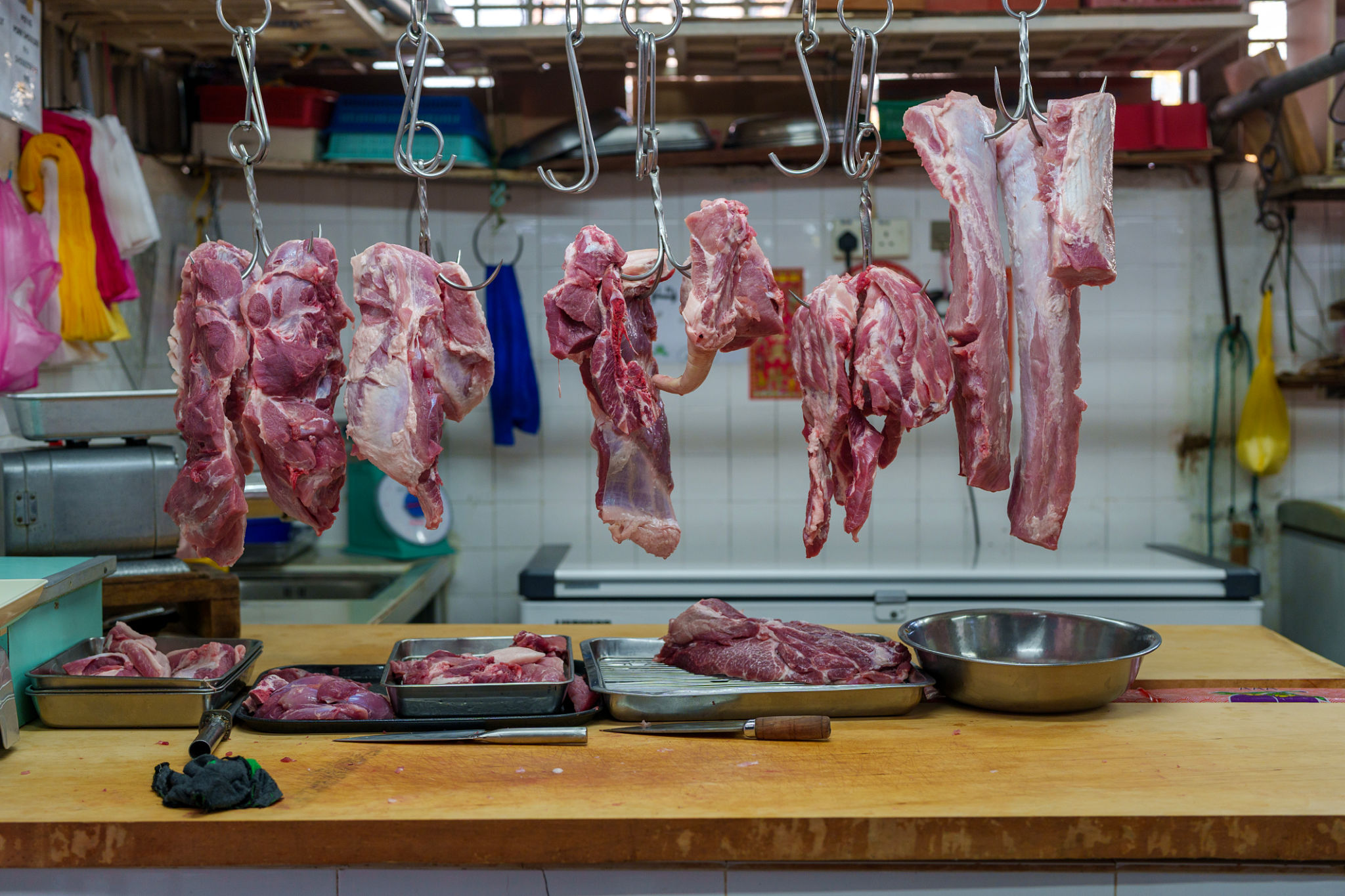Seasonal Demand Shifts in the Asian Meat Market: Opportunities for U.S. Exporters
OP
Understanding Seasonal Demand Shifts in the Asian Meat Market
The Asian meat market is a dynamic and rapidly evolving sector with unique challenges and opportunities for U.S. exporters. Seasonal demand shifts play a crucial role in shaping market trends, influencing both supply and pricing strategies. As an exporter, understanding these seasonal variations can provide a competitive edge and open new avenues for growth.

One of the primary drivers of seasonal demand in Asia is cultural and religious festivals. For instance, during the Chinese New Year, demand for pork surges due to its cultural significance. Similarly, beef consumption spikes during festivals like Eid al-Adha in countries with significant Muslim populations. These patterns offer U.S. exporters opportunities to tailor their strategies to meet the heightened demand.
Assessing Opportunities for U.S. Exporters
The growing middle class in many Asian countries is fueling a shift toward higher protein consumption. This demographic change presents significant opportunities for U.S. exporters, especially in premium meat segments like beef and pork. By aligning supply chains to meet seasonal peaks, exporters can maximize their market presence and profitability.

To capitalize on these opportunities, U.S. exporters must also consider logistical components such as shipping times and storage capabilities. Ensuring that fresh meat products arrive in optimal condition requires careful planning and investment in cold chain logistics. Additionally, understanding local regulations and compliance standards is essential to avoid potential barriers to entry.
Strategies for Navigating Seasonal Demand
Successful exporters often employ several strategies to navigate seasonal demand shifts effectively. These include:
- Market Research: Conducting thorough market research to understand consumer preferences and seasonal trends.
- Partnerships: Building partnerships with local distributors to enhance market penetration and distribution efficiency.
- Promotional Campaigns: Designing targeted marketing campaigns that resonate with cultural themes during peak seasons.

Furthermore, diversifying product offerings can help mitigate risks associated with fluctuating demand. By offering a range of products, from premium cuts to processed meats, exporters can cater to varying consumer needs and preferences across different Asian markets.
The Role of Technology in Addressing Seasonal Shifts
Technology plays an increasingly important role in addressing the challenges of seasonal demand shifts. Advanced data analytics can provide insights into consumer behavior and forecast demand trends more accurately. This information allows exporters to make informed decisions about inventory management, pricing strategies, and marketing initiatives.
In addition, digital platforms enable direct engagement with consumers and facilitate feedback mechanisms that can inform product development and refinement. By leveraging technology, U.S. exporters can enhance their responsiveness to market changes and improve customer satisfaction.
Conclusion: Embracing Opportunities in the Asian Meat Market
The Asian meat market offers significant opportunities for U.S. exporters willing to adapt to seasonal demand shifts and cultural nuances. By employing strategic planning, leveraging technology, and fostering local partnerships, exporters can position themselves for success in this vibrant and expanding market.
Navigating these complexities requires a proactive approach and a deep understanding of regional dynamics. As consumer preferences continue to evolve, staying ahead of these trends will be key to capturing a larger share of the Asian meat market.
